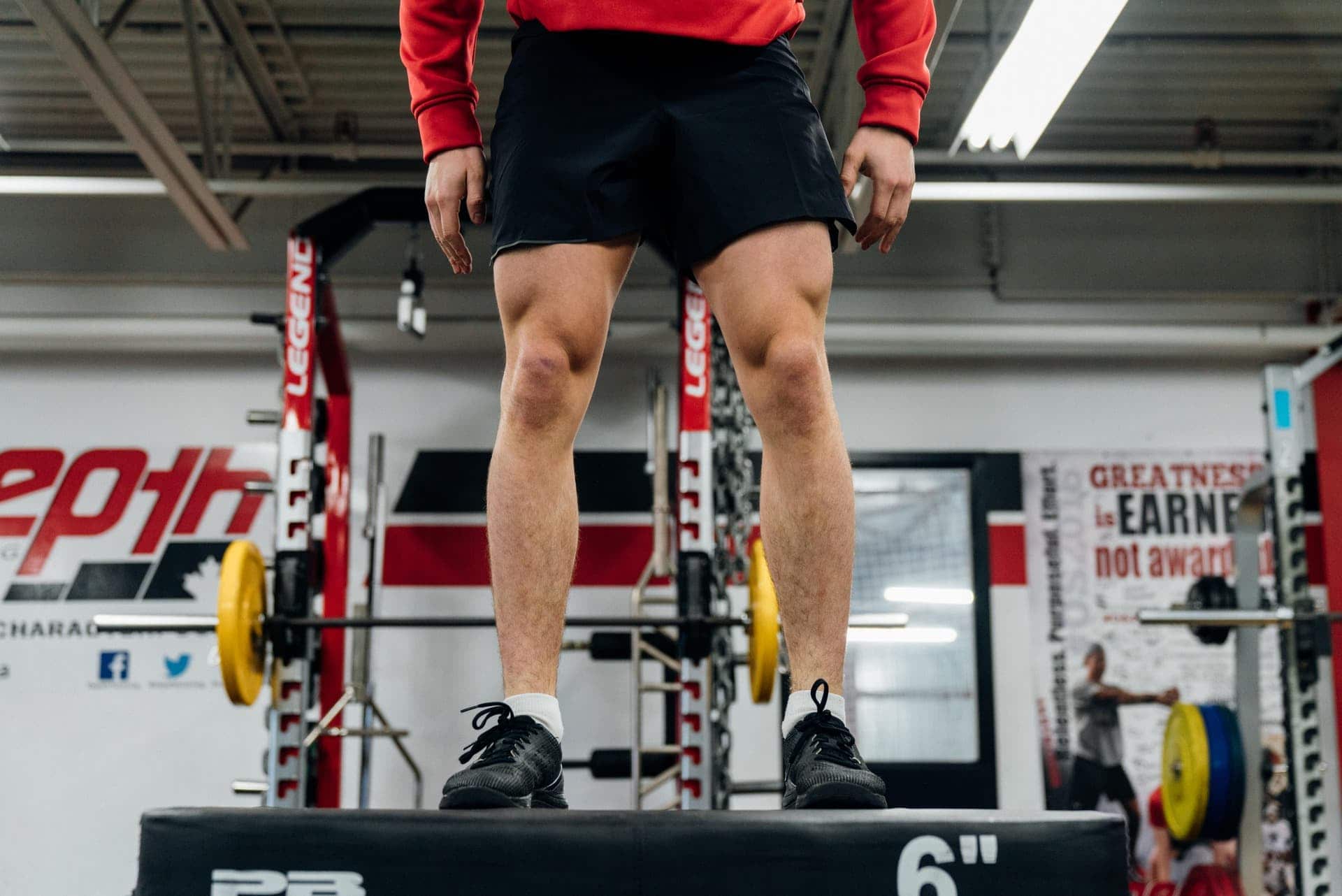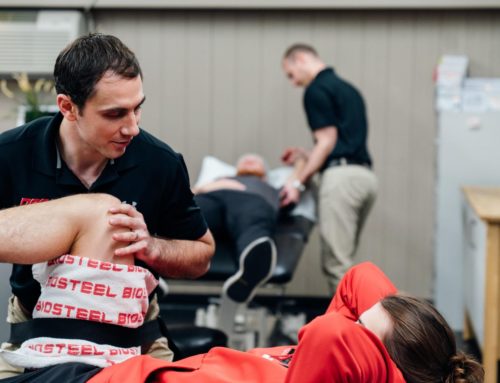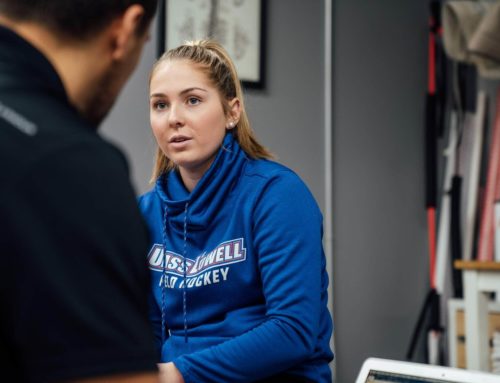I love powerlifting, but not everyone does. My first clinical instructor in Physical Therapy school asked me, “Why would anyone want to put hundreds of pounds on their back and try to stand up?” Well, because it’s a lot of fun. The sport of powerlifting consists of lifters attempting to lift the heaviest weight possible in the
squat, bench press and deadlift. As you might guess, powerlifting tends to attract a certain kind of person. Powerlifters tend to be people who hunger for competition and like to live and die by their own effort and determination. They like showing up to train day after day, working relentlessly in the pursuit of beating their old records and becoming better athletes. As the saying goes, “they’ve been bitten by the iron bug.” As with any highly motivated athlete who is focused on performing at his or her best, sustaining an injury can feel devastating for a powerlifter. Despite our best efforts to perfect technique, manage training loads and optimize recovery, injuries still happen. For our purposes, we’ll define an “injury” as a state where someone is unable to perform a valued task or activity to the extent that they desire.
Example
Let’s say that we’re working with a female powerlifter who competes in the 63kg weight class and trains 4 days per week. During those four days she squats three times, benches three times and deadlifts twice. Lately she’s been getting some right knee pain while squatting which has become so irritating that it’s interfering with her normal training. She has come to us, her trusty rehab team, to get her back to hitting personal records. How, then, do we approach rehab for a sport based on lifting the heaviest weight you possibly can? Let’s take a look.
The Goal
Every good rehab process should begin by answering the following question: “What does success look like to you?” For our injured powerlifter, “success” probably means not worrying about injuring herself further, returning to regular training and eventually stepping back onto the competition platform. Fortunately for us, “training” and “rehab” exist along the same spectrum. This means that we can modify our powerlifter’s training to allow the injured area to settle down, avoid having the athlete become totally de-conditioned by not training at all, and begin creating the adaptations necessary to return to regular training.
The Variables
We can consider seven main variables which we can manipulate in our powerlifter’s training:
- Volume – usually calculated as sets x reps x weight used for a given exercise
- Intensity – weight on the bar, percentage of 1 rep maximum, or rating of perceived exertion (RPE)
- Frequency – the number of times an exercise is performed, usually over the course of a week
- Range of Motion – the distance and manner in which the athlete’s body and the barbell travel through space
- Tempo – the speed at which the athlete moves
- Stance and Grip – positioning of the hands, feet and barbell
- Exercise Selection – the choice of movement or equipment used in training
So now we know what variables we can change, but how do we figure out how we should change them? We can start by finding her symptom thresholds: the things which reproduce or
aggravate her knee pain.
For example:
- If her knee only hurts when she squats 225 lbs and over, we can say she has an intensity threshold.
- If her knee seems fine when she does sets of 4 repetitions or less but hurts when she does sets of 6 repetitions or more, we can say she has a volume threshold.
- If her knee hurts when she squats at normal speed but doesn’t hurt if she squats slowly, we can say she has a velocity or tempo threshold.
- If her knee hurts when she squats below parallel but feels fine if she stops at 90 degrees or higher, we can say she has a range of motion threshold.
Of course other thresholds exist besides these ones, and it’s possible for our lifter to have more than one symptom threshold present at one time. So, once we’ve played detective and figured out exactly what bothers her knee, we can modify those variables so we don’t exceed those thresholds. To use our above examples:
- Intensity threshold at 225 lbs or higher – limit squats to less than 225 lbs for a few weeks.
- Volume threshold at 6 reps or more – limit sets to 4-5 reps or less for a while.
- Velocity threshold with normal speed squats – use slow tempo squats exclusively for a few weeks.
- Range of motion threshold with squats below parallel – squat to a box or set of safeties which limit the range of motion to parallel or above.
We want to make training challenging enough to keep our lifter feeling productive, but manageable enough to avoid aggravating her knee, so we probably want to change as little as possible while making sure her knee stays happy. It’s also important to note that we might not get these changes right the first time, so we need to stay flexible and “roll with the punches” as our lifter tests things out in the gym. As long as we maintain effective communication with the lifter and get her feedback on what’s working well and what’s not, we can adjust things on the fly and home in on the right combo of changes that allows our lifter to be relatively comfy while training hard.
Expectations
Setting realistic expectations for our lifter (and ourselves) is probably equally as important as
appropriately managing her training variables. Two of the biggest discussion points are:
- How long recovery may take, and
- How much pain is acceptable to us during the rehab process
Both of these points can be difficult to determine and will depend on multiple factors. My general suggestions are to:
- Expect that rehab will probably take longer than we’d like.
- Embrace the process of rehab and don’t solely focus on the end goal.
- Recognize that pain will likely be encountered throughout rehab and that’s ok, especially as long as things stay manageable and seem to be generally improving over the long haul.
- Be ready to get creative. Neither rehab nor training are linear processes and we’re likely to be thrown a curveball or two. This is normal and we can deal with it.
When is Rehab Over?
Recall that earlier we said that training and rehab exist on a spectrum. This means that as our lifter improves, we’re likely to lose track of whether she’s “rehabbing” or just training. When she finds that her gym performance is improving, she’s experiencing fewer bouts of concerning pain and she feels capable of making her own training decisions, then we can step away from the process as rehab professionals. If at the end of the rehab process we find ourselves looking at an athlete who feels capable of handling herself and is back to doing the things she wants to do, then we’ve done our job well.
In Closing
While powerlifting might seem an odd and intimidating sport, the fundamentals of rehabbing powerlifters remain the same as the ones that apply to rehabbing anyone:
- Figure out what the problem seems to be.
- Figure out what success looks like to the person you’re working with.
- Identify likely symptom thresholds and triggers.
- Modify training enough to be manageable while keeping it relatively challenging.
- Set appropriate expectations for the process.
- Be flexible and roll with the punches.
If you’re a powerlifter (or barbell athlete of any kind) who’s struggling with an injury, please feel free to shoot me an email at jared@depthtraining.ca. I’d be incredibly happy to do what I can to help you get back to doing what you love.
Further Listening
The ClinicalAthlete Podcast Episode #48: Training and Treatment of the Barbell Athlete
The ClinicalAthlete Podcast Episode #49: Case Study: Powerlifter with Hip Pain
Written by: Jared Maynard, Registered Physiotherapist, Clinical Athlete Provider, Complete Concussion Management Provider






